
vegetables names in english
Understanding vegetables names in English is more than just memorizing words. It’s about diving into an important part of language and culture. As you learn English, getting to know vegetable words helps you in many ways. It helps you shop at the grocery store and cook tasty meals from different cultures. This guide is here to make vegetable words less confusing. It gives you a lot of helpful information to make your language and cooking skills better.
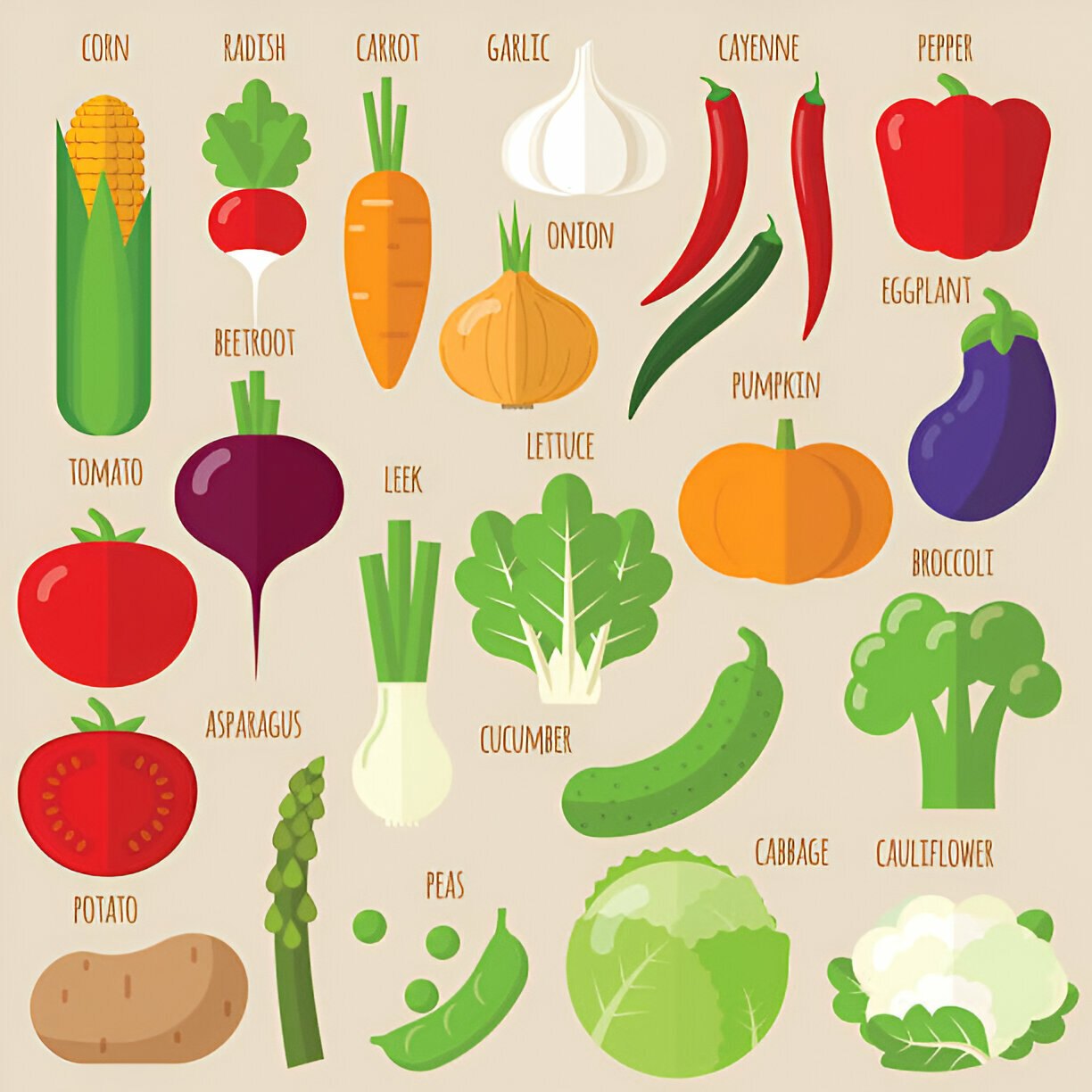
Vegetables Names in English
People who are learning English and students need to understand the names of vegetables. It’s not just for memorizing words; it’s about embracing language and culture. When you’re on your journey to master English, knowing vegetable names is essential. It helps you in various situations, like shopping at the grocery store and cooking different dishes. This guide is designed to help learners by explaining vegetable vocabulary clearly. It provides valuable information to improve language and cooking skills.
List of Vegetables Names in English
This is the list of vegetables names in english so learn english names of vegetables:
| No. | Vegetables Names | No. | Vegetables Names | No. | Vegetables Names |
| 1 | Artichoke | 42 | Mustard Greens | 83 | Okra |
| 2 | Asparagus | 43 | Okra | 84 | Parsnip |
| 3 | Beetroot | 44 | Onion | 85 | Radicchio |
| 4 | Bell Pepper | 45 | Parsnip | 86 | Rutabaga |
| 5 | Broccoli | 46 | Pea | 87 | Scallion |
| 6 | Brussels Sprout | 47 | Potato | 88 | Seaweed |
| 7 | Cabbage | 48 | Pumpkin | 89 | Sorrel |
| 8 | Carrot | 49 | Radicchio | 90 | Swiss Chard |
| 9 | Cauliflower | 50 | Radish | 91 | Tomatillo |
| 10 | Celery | 51 | Rhubarb | 92 | Water Chestnut |
| 11 | Chard | 52 | Rutabaga | 93 | Winged Bean |
| 12 | Collard Greens | 53 | Scallion | 94 | Bitter Melon |
| 13 | Corn | 54 | Shallot | 95 | Bok Choy |
| 14 | Cucumber | 55 | Snow Pea | 96 | Butternut Squash |
| 15 | Eggplant (Brinjal) | 56 | Spinach | 97 | Capsicum |
| 16 | Fennel | 57 | Sweet Potato | 98 | Chervil |
| 17 | Garlic | 58 | Tomato | 99 | Celtuce |
| 18 | Green Bean | 59 | Turnip | 100 | Chayote |
| 19 | Green Onion | 60 | Watercress | 101 | Chili Pepper |
| 20 | Kale | 61 | Yam | 102 | Cilantro |
| 21 | Kohlrabi | 62 | Zucchini | 103 | Collard Greens |
| 22 | Leek | 63 | Lotus Root | 104 | Daikon |
| 23 | Lettuce | 64 | Napa Cabbage | 105 | Edamame |
| 24 | Mushroom | 65 | Parsley | 106 | Fenugreek |
| 25 | Pea | 66 | Plantain | 107 | Horseradish |
| 26 | Potato | 67 | Cassava | 108 | Jerusalem Artichoke |
| 27 | Pumpkin | 68 | Chayote | 109 | Jicama |
| 28 | Radicchio | 69 | Chili Pepper | 110 | Kabocha Squash |
| 29 | Radish | 70 | Cilantro | 111 | Kohlrabi |
| 30 | Rhubarb | 71 | Collard Greens | 112 | Lemongrass |
| 31 | Rutabaga | 72 | Daikon | 113 | Mung Bean Sprout |
| 32 | Scallion | 73 | Edamame | 114 | Mustard Greens |
| 33 | Shallot | 74 | Fenugreek | 115 | Okra |
| 34 | Bok Choy | 75 | Horseradish | 116 | Parsnip |
| 35 | Butternut Squash | 76 | Jerusalem Artichoke | 117 | Radicchio |
| 36 | Capsicum | 77 | Jicama | 118 | Rutabaga |
| 37 | Chervil | 78 | Kabocha Squash | 119 | Scallion |
| 38 | Celtuce | 79 | Kohlrabi | 120 | Seaweed |
| 39 | Chayote | 80 | Lemongrass | 121 | Sorrel |
| 40 | Chili Pepper | 81 | Mung Bean Sprout | 122 | Swiss Chard |
| 41 | Cilantro | 82 | Mustard Greens | 123 | Tomatillo |
| 124 | Water Chestnut |
Different Types of Vegetables
1. Root Vegetables:
Description: Root vegetables grow underground and are often crunchy and rich in vitamins.
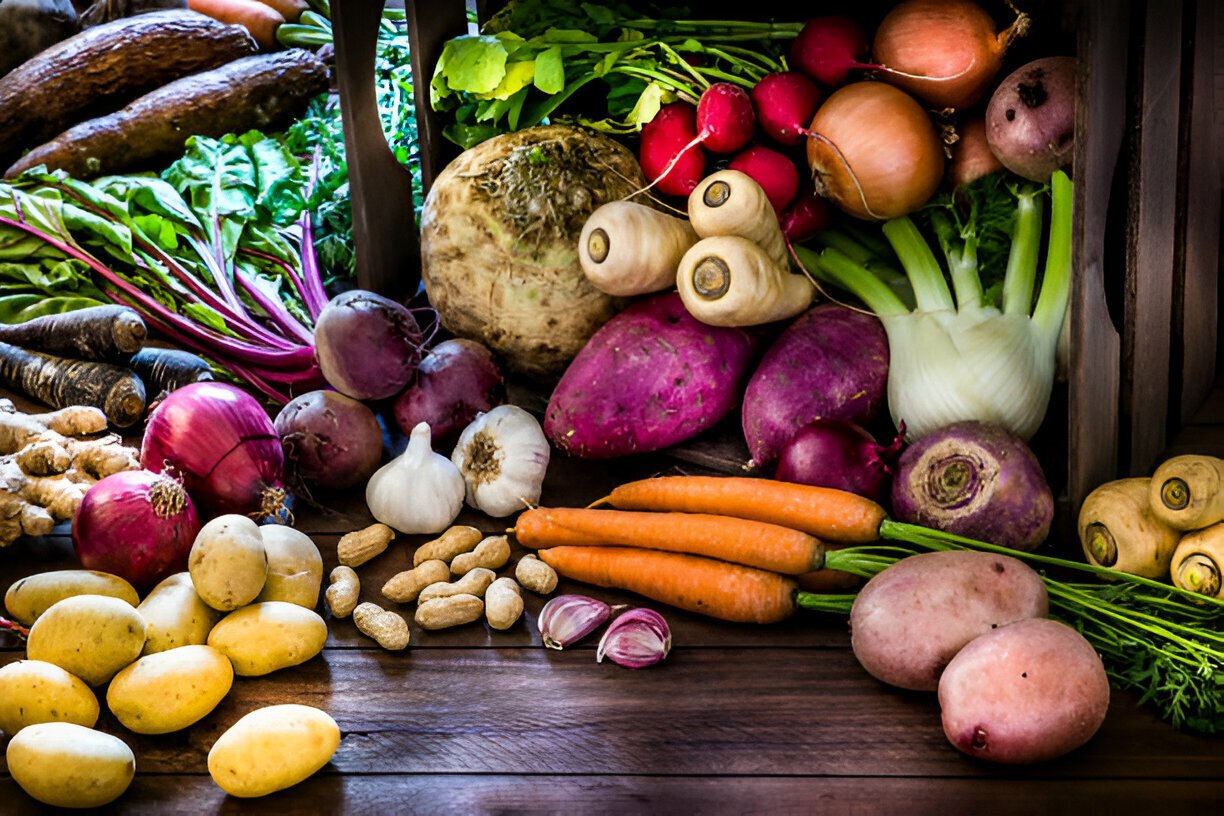
List of Root Vegetables
- Carrots
- Potatoes
- Beets
- Radishes
- Turnips
- Sweet potatoes
- Parsnips
- Rutabagas
- Yams
- Onions
2. Leafy Greens:
Description: Leafy greens are known for their green leaves and are packed with nutrients like iron and calcium.
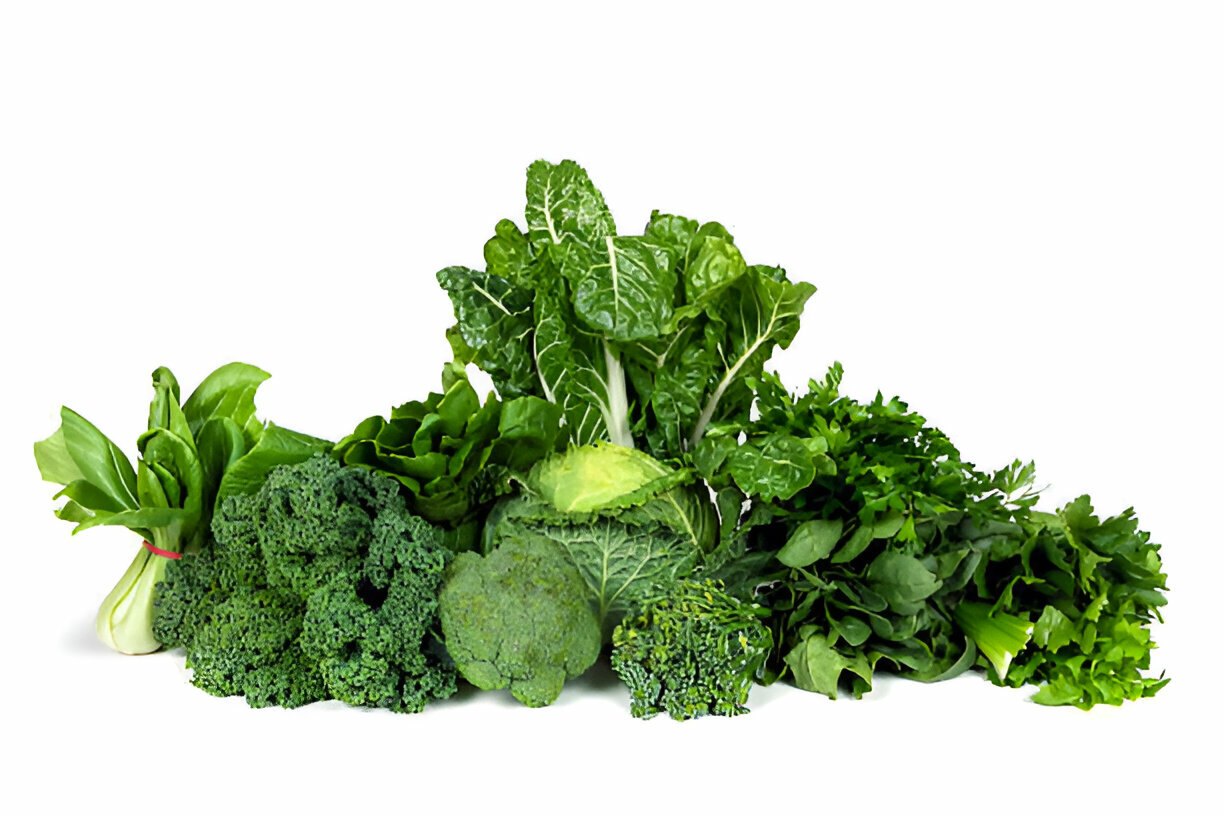
List of Leafy Greens Vegetables
- Spinach
- Kale
- Lettuce
- Swiss chard
- Collard greens
- Arugula
- Bok choy
- Watercress
- Romaine lettuce
- Mustard greens
3. Cruciferous vegetable
Cruciferous vegetables are dense and contain compounds linked to various health benefits.
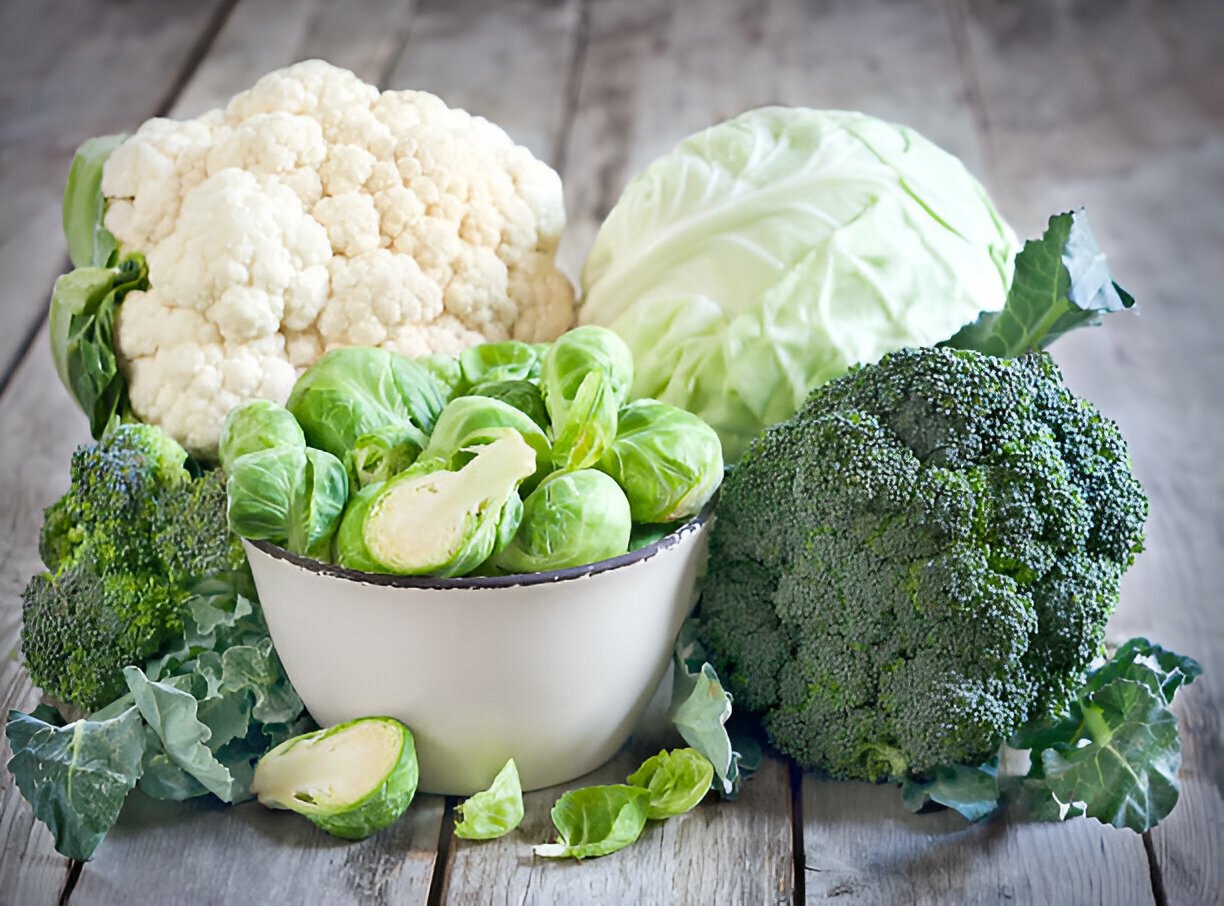
List of Cruciferous vegetable
- Broccoli
- Kale
- Cauliflower
- Brussels sprouts
- Cabbage
- Bok choy
- Arugula
- Radishes
- Turnips
- Watercress
4. Podded Vegetables:
Podded vegetables grow inside pods and are excellent sources of protein and fiber.
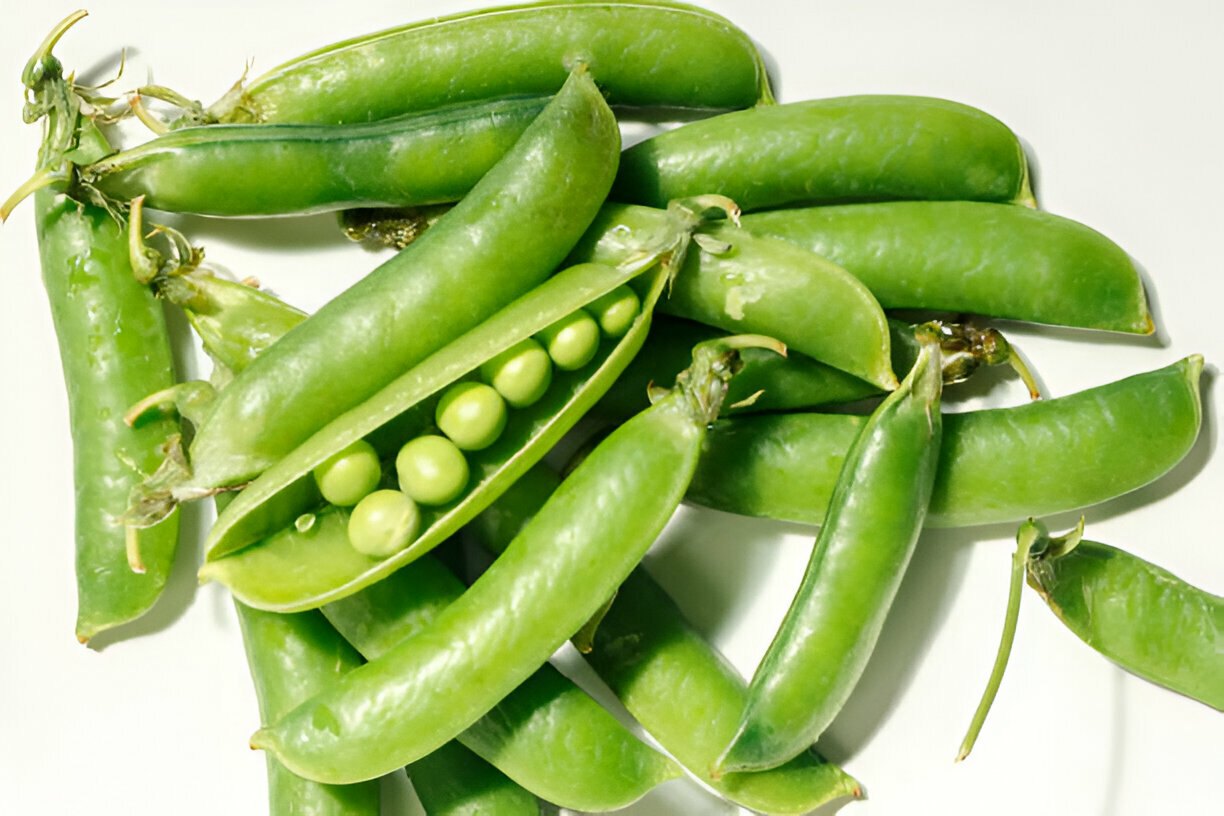
List of Podded Vegetables
- Peas
- Beans
- Lentils
- Edamame
- Chickpeas
- Black-eyed peas
- Soybeans
- Mung beans
- Pigeon peas
- Fava beans
5. Solanaceous Vegetables:
Solanaceous vegetables are flavorful and rich in antioxidants.
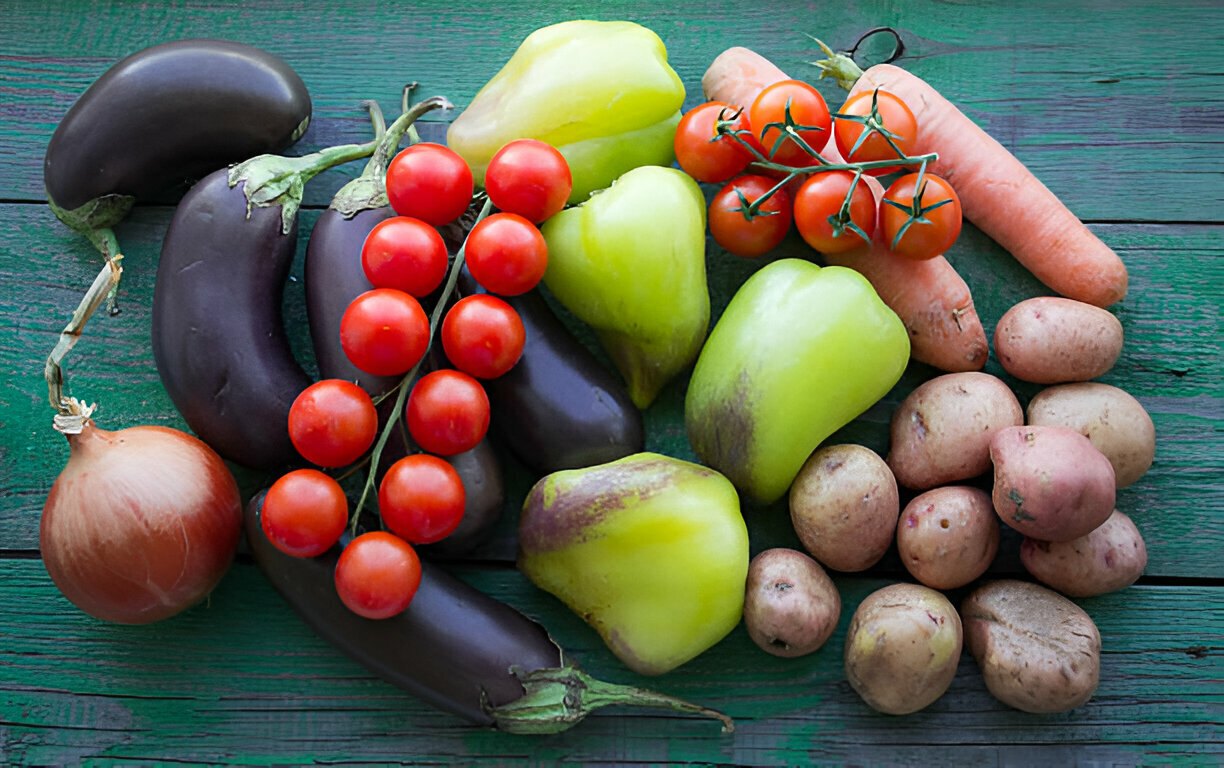
List of Solanaceous Vegetables
- Tomatoes
- Peppers
- Eggplants
- Potatoes
- Chilies
- Paprika
- Goji berries
- Tomatillos
- Ground cherries
- Tamarillos
6. Gourd Vegetables:
Gourd vegetables typically have tough outer skins and soft interiors.
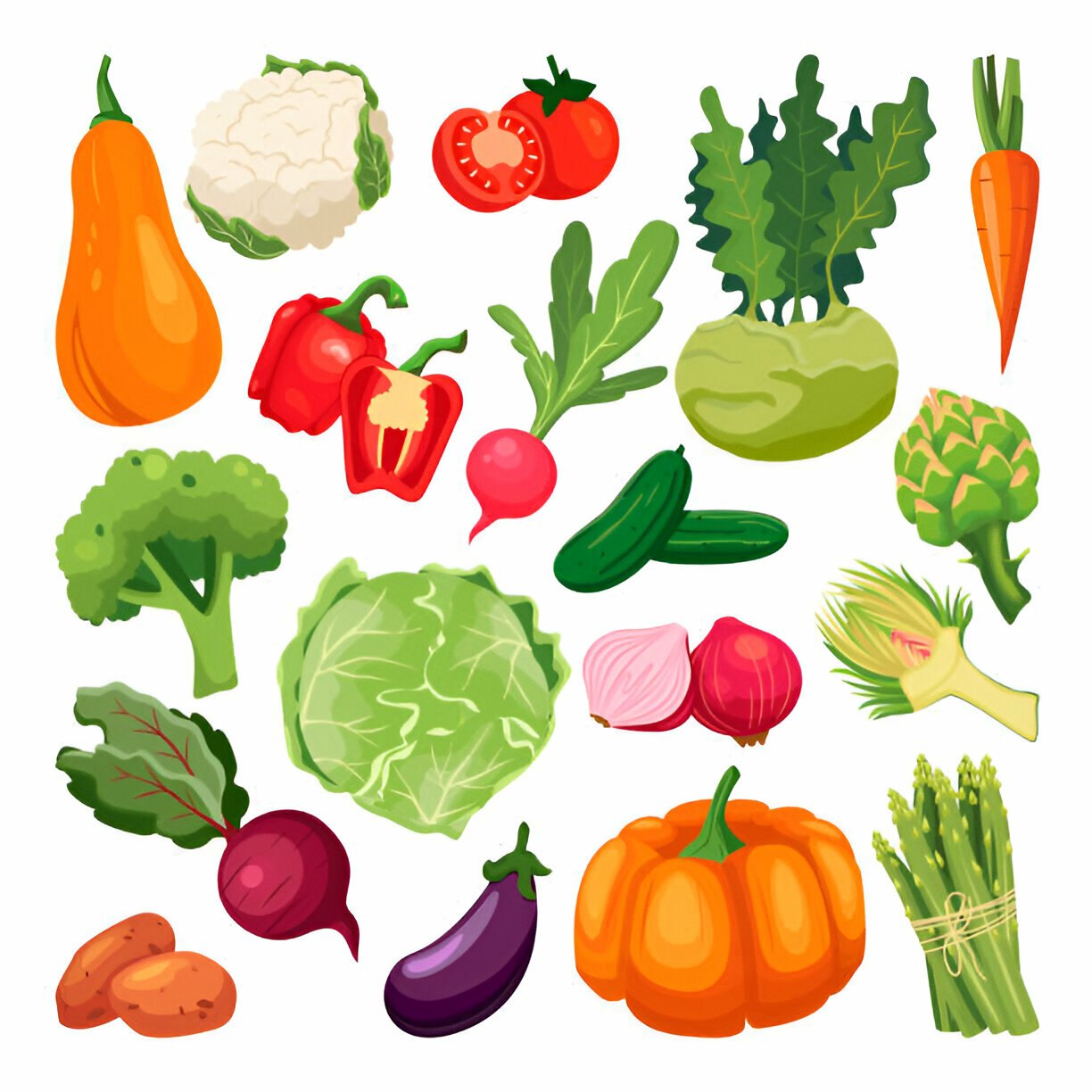
List of Gourd vegetables
- Cucumbers
- Pumpkins
- Squashes
- Zucchinis
- Luffas
- Bottle gourds
- Winter melons
- Bitter melons
- Spaghetti squash
- Acorn squash
7. Allium Vegetables:
Allium vegetables are known for their pungent flavors and health-promoting properties.
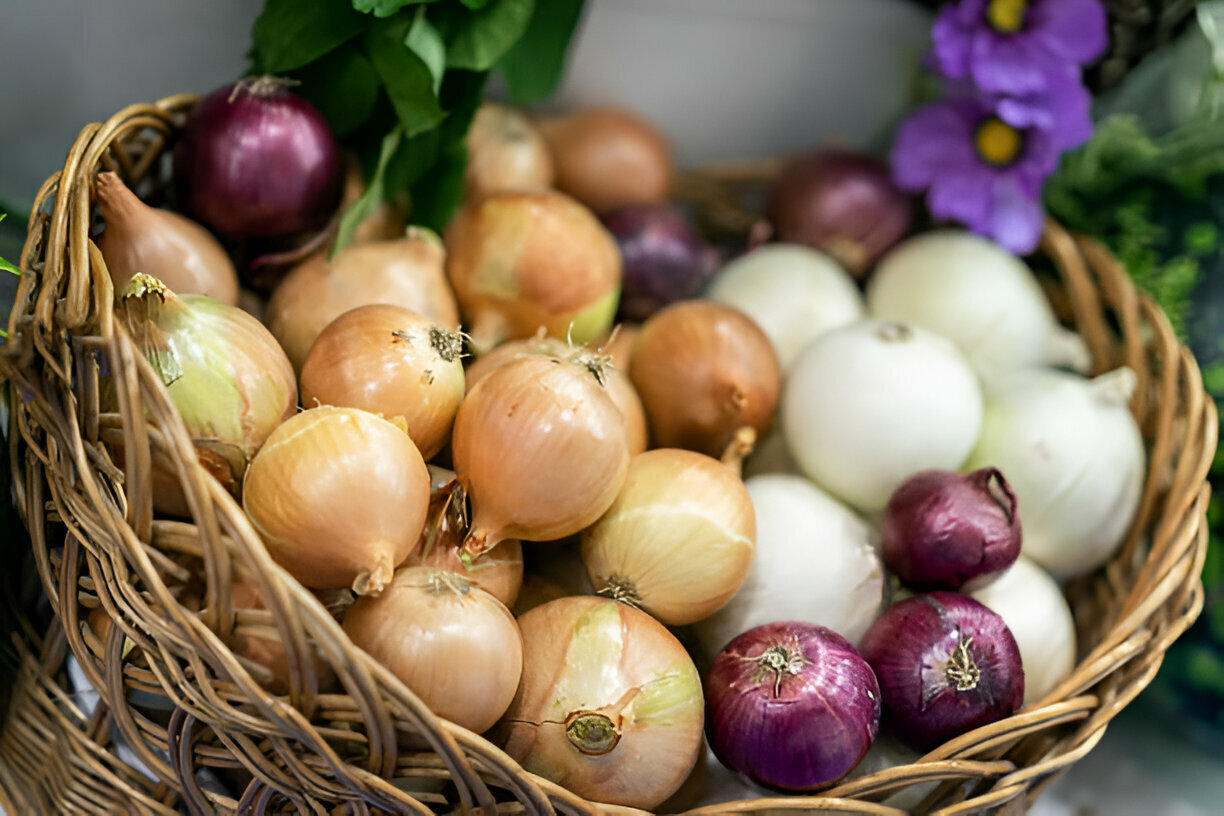
List of Allium Vegetables
- Onions
- Garlic
- Leeks
- Shallots
- Scallions
- Chives
- Elephant garlic
- Garlic chives
- Ramps
- Spring onions
8. Tuberous Vegetables:
Tuberous vegetables grow underground and are starchy staples in many diets.
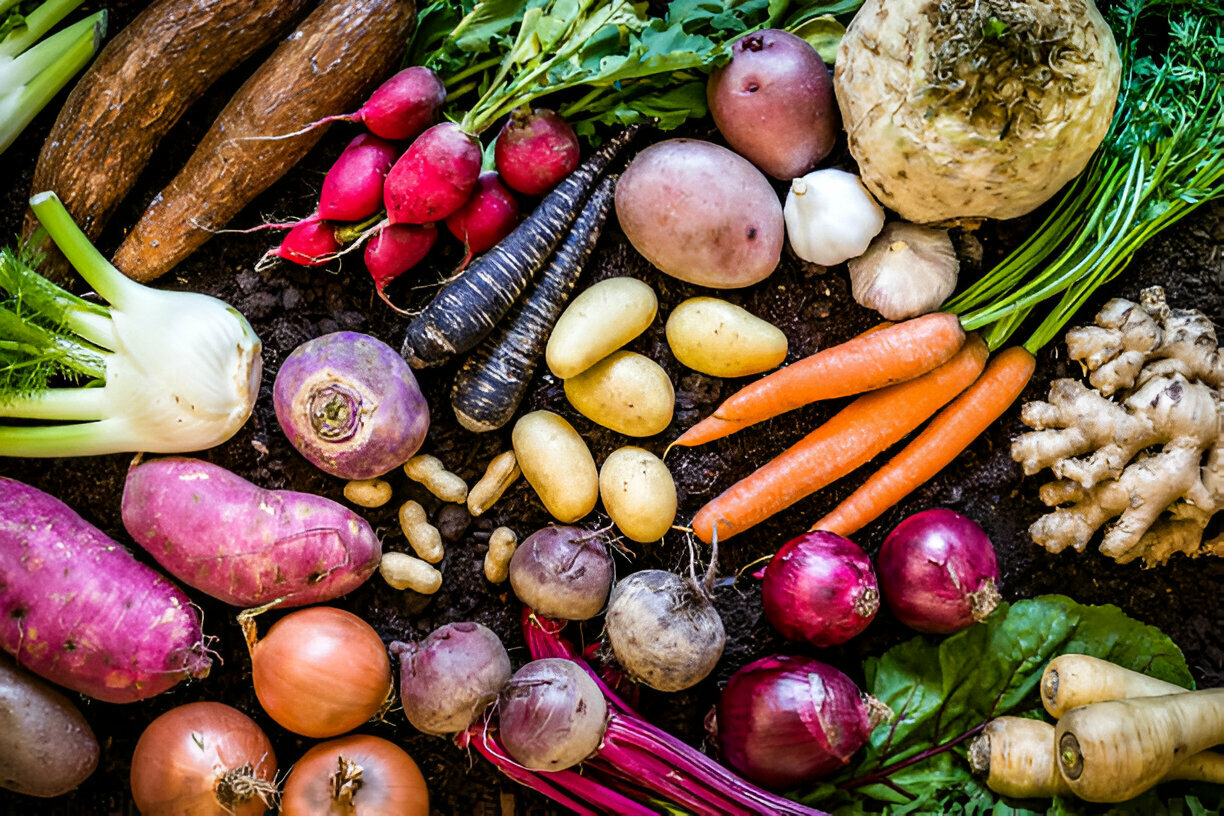
List of Tuberous Vegetables
- Potatoes
- Sweet potatoes
- Yams
- Taro
- Cassava
- Jerusalem artichokes
- Jicama
- Sunchokes
- Malanga
- Oca
9. Herbaceous Vegetables:
Herbaceous vegetables have tender stems and are often used to add flavor to dishes.
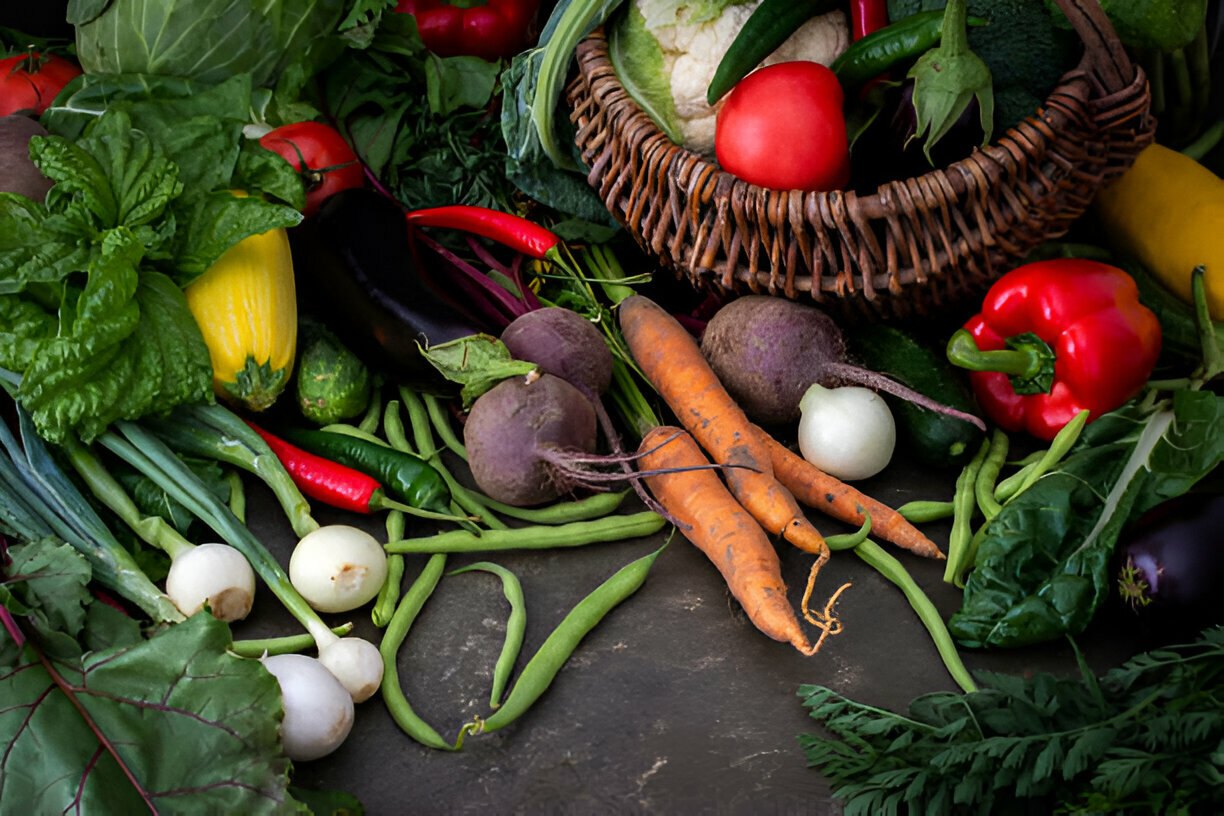
List of Herbaceous Vegetables
1. Asparagus
2. Celery
3. Fennel
4. Artichokes
5. Rhubarb
6. Cardoons
7. Okra
8. Chinese water spinach
9. Pak choi
10. Collard greens
Leafy greens include spinach, kale, lettuce, Swiss chard, and collard greens. These vegetables are rich in vitamins and minerals and are often used in salads or cooked dishes.What are some examples of leafy green vegetables?
What are root vegetables and can you give some examples?
What are cruciferous vegetables?
Also Read: Top 10 Coldest Places On The Earth





